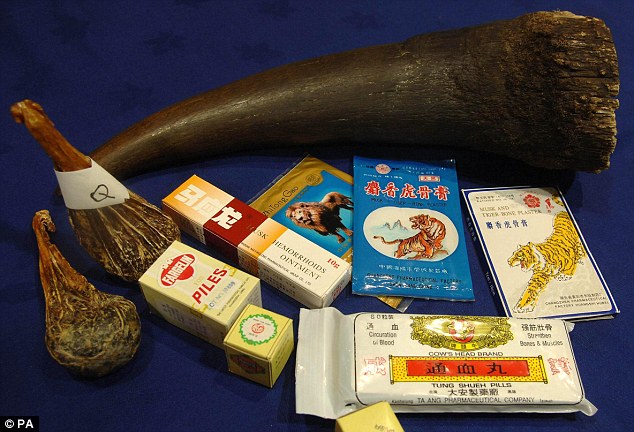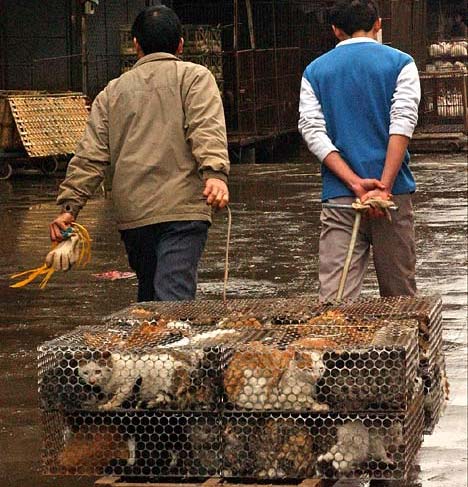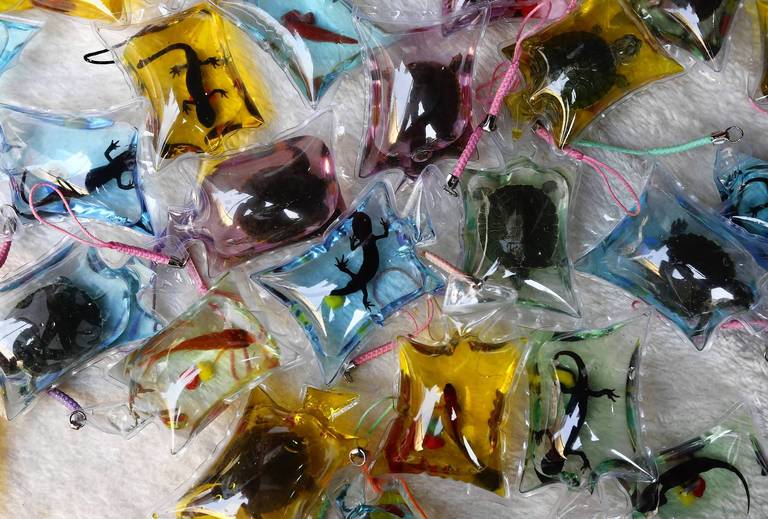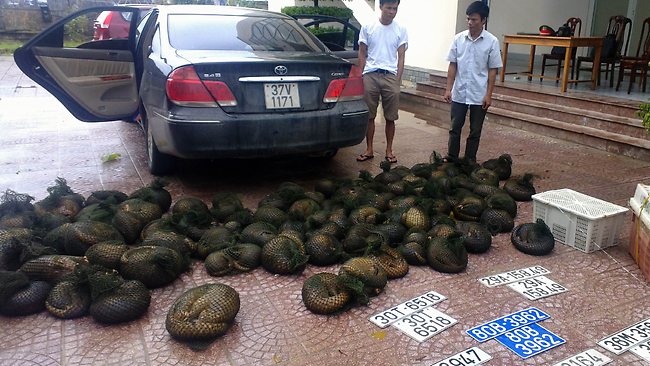Are we losing the rhino war?
Sunday, 29 December 2013 00:00
Tendai Chara
Driving towards Kezi from Bulawayo can be a rare spectacle filled with pleasure. After only a few kilometres from the country’s second biggest city, large herds of grazing livestock are usually seen munching grass as they seem unfazed by the noise emanating from the many vehicles from the busy highway.
Further down the road, the landscape becomes particularly spectacular with valleys that are surrounded by both huge and small granite outcrops. Balancing rocks hang precariously as if they might fall off any time.
It is in this vast conservation area that the Matopos National Park, a World Heritage site which is rich in both history and culture, is located.
Intertwined with this beautiful scenery is the abundant wildlife. From the squirrel to the giraffe to the endangered black rhino, the park is pregnant with a variety of reptiles, birds and several animal species.
The park is home to the zebra, wildebeest, giraffe, eland, reedbuck, impala and sable among other animals. Apart from the popular game drives, the historical tours and the rock paintings, visitors can also visit the grave of Cecil John Rhodes.
Shangani Memorial, which chronicles the often bloody historical conflicts between the white colonial settlers and the Ndebele people, is situated some few kilometres from the highway.
To the visitors, the area surrounding the Matopos National Park is a haven of tranquillity and beauty. However, it is in these serene environs and many other animal conservancies across the country that vicious “wars” to save the rhino from extinction are being fought.
Officers from the Zimbabwe National Parks and Wildlife Management, villagers living in areas surrounding the park and tourism and conservation organisations are engaged in a bitter struggle to stop poaching activities and save the endangered rhino from extinction.
There are growing concerns that if the rhinos are not protected, they will, like the pre-historic dinosaurs, soon become extinct. During the past five years, there has been an alarming increase in rhino poaching which is threatening the existence of the animal species.
Recently, two white rhinos were shot and dehorned by poachers in the park. The park’s then oldest white rhino which was nicknamed “Gumboot” and was popular with tourists, was killed and dehorned recently. It is suspected that a South African poaching syndicate killed the 50-year-old rhino.
The other rhino that was also killed by the same syndicate was 10 years old. There are fears that wildlife poaching is not only widespread but increasing at an alarming rate in this country, especially following the tragic cyanide poisoning in Hwange National Park, which caused the deaths of an estimated 300 elephants.
The recent killing of the rhinos in Matopos came amid reports that 95 percent of all the rhinos in the world have now been killed.
Stakeholders in the Matopo area are determined to put a stop to rhino poaching.
Paul Hubbard, the project manager of the Whovi Game Fence Project, which seeks to build a fence around the Matopos National Park to protect the rhinos, urged all Zimbabweans to come together and save the rhino from extinction.
“Action is required now to save the rhino from the on-going poaching, or else we will be the generation responsible for the complete extinction of the rhino from the wild,” Hubbard said.
Hubbard is also the chairman of the Matobo Rhino Initiative Trust, a body that was established to save the Matopo rhino. The trust was established to assist in conserving, protecting and rehabilitating wildlife species in the Whovi Game Park, the Rhodes Matopos Estate and the Matobo area in general.
The trust is working with all the stakeholders and has so far constructed 20-kilometre stretch of fence at a cost of US$80 000.
With funds sourced from well-wishers, the trust engages the local communities.
During a visit by The Sunday Mail In-Depth to the area, locals could be seen erecting the fence.
“The support that we are receiving from the local community is amazing. It is the locals that have been behind this project since it was started. We owe the community and the other stakeholders a lot,” said Mr Hubbard.
Villagers living around the park vowed to save the rhino. Headman Pilisani Dube of Ward 6, Vulindlela in the Matopos area, is aware of the benefits that his subjects realise from saving the rhino.
“As a community, we are determined to save the rhino. The community benefits a lot from the animals and, as such, we are going to make sure that poachers are kept at bay by erecting the fence,” Headman Dube said.
Apart from protecting the rhino, the fence will also keep domestic animals out of the park and therefore preserving the environment. In the past 15 years, the Matopo rhino has faced serious threats from the poachers and both black and white rhinos have been shot and their horns brutally removed.
Only 10 years ago, the Matopos National Park had large populations of both white and black rhinos. Poaching has reduced these iconic species to barely viable breeding numbers.
Rhino poaching is also rife in the Save Valley Conservancy where about 60 rhinos were killed by poachers in the past 10 years. The Save Conservancy is the biggest private sanctuary for the endangered species. Since the early 1990s, the sanctuary had become home to close to 90 percent of the country’s rhino population.
It is suspected that the poachers are coming from Zambia and South Africa, armed with automatic weapons. Lowveld conservancies have managed to build up from just 4 percent of the national rhino herd in 1990 to the current 85 percent.
In January this year, four white rhinos were killed by poachers at Thertford Estate in Mazowe. It takes two years for a baby rhino to be conceived and born and the beast takes another four years to become an adult and another year before it becomes an offspring-bearing adult.
According to Caroline Washaya- Moyo, the spokesperson for the Zimbabwe Parks and Wildlife Management Authority, 13 rhinos were poached this year and their horns were hacked off.
Several people, including police detectives, have since been arrested and others have been sentenced to lengthy jail terms of up to 16 years.
Washaya-Moyo said the country lost 30 rhinos in private land in 2011 and five rhinos in State land to poaching.
In 2012, 14 rhinos were lost to poaching in private land and eight in State land. From January to June this year, eight rhinos were killed by poachers in private land.
The country has an estimated population of less than 1 000 black and white rhinos. Environment, Water and Climate Minister Saviour Kasukuwere recently set up a six-member Wildlife Ecological Trust as part of Government efforts to support conservation and anti-poaching mechanisms in the country.
On the international market, a rhino horn is currently fetching more than US$65 000 per kilogramme. According to internet sources, the rhino horn holds huge value for poachers, who sell the horns to mainly Eastern buyers for tens of thousands of dollars. In countries like China, Vietnam and Laos, the rhino horn is believed to have healing or aphrodisiac properties.
Sadly, all of them are under threat from poachers who supply the demand from Asia and the Middle East. Although there is no scientific proof of its medical value, the rhino horn is highly prized in traditional Asian medicine.
There has been an unprecedented upsurge in the poaching of rhinos in Africa. Rhino poaching is also rampant in South Africa where more than 800 rhinos were killed this year. Reports from South Africa indicate that two rhinos are killed in that country every day.
In West Africa, the wild black rhino has officially been listed as extinct. According to recent news reports, poachers killed and dehorned a 17-year old black rhino in the Lewa Wildlife Conservancy in Kenya.
The rhino was suspected to have been heavily pregnant and also had a two-year-old calf. Reports indicate that the killings were done despite the fact that Lewa Conservancy is one of the most heavily protected wildlife refuges in that country, with armed rangers, dog patrols, aerial surveillance and 90 miles of electric fences surrounding the park.
The rhino was killed during a full moon, which is known as a prime time for rhino poaching due to the brighter light conditions.
Poachers across Africa are said to be using sophisticated methods.
Internet sources claim that over 40 rhino (black and white) have been poached so far this year in Kenya, which has a population of 1 025 black and white rhinos.
This means that the East African country has lost 3,9 percent of its rhinos in 2013. This is alarming considering that the average annual growth rate of any given rhino population is 5 percent. Conservationists are worried that poaching deaths together with natural mortalities will overtake rhino births, leading to the extinction of the rare and imposing animal.
In a positive development, the British government recently announced that it will send troops to Kenya to help support the fight against wildlife poaching. The army personnel will provide patrolling and field training to members of the Kenyan Wildlife Service (KWS), Kenyan Forestry Service (KFS), and Mount Kenya Trust (MKT). In Namibia two white rhinos were killed in November at a farm near the city of Karibib.
It is believed that one of the rhinos killed was also pregnant. According to conservationists, there are five species of rhino left in the world.
In Africa, there are approximately 20 000 white rhinos and only 5 055 black rhinos left. Considering that there were almost 500 000 rhinos across Asia and Africa at the beginning of the 20th century, this is an alarming statistic that requires urgent attention.









